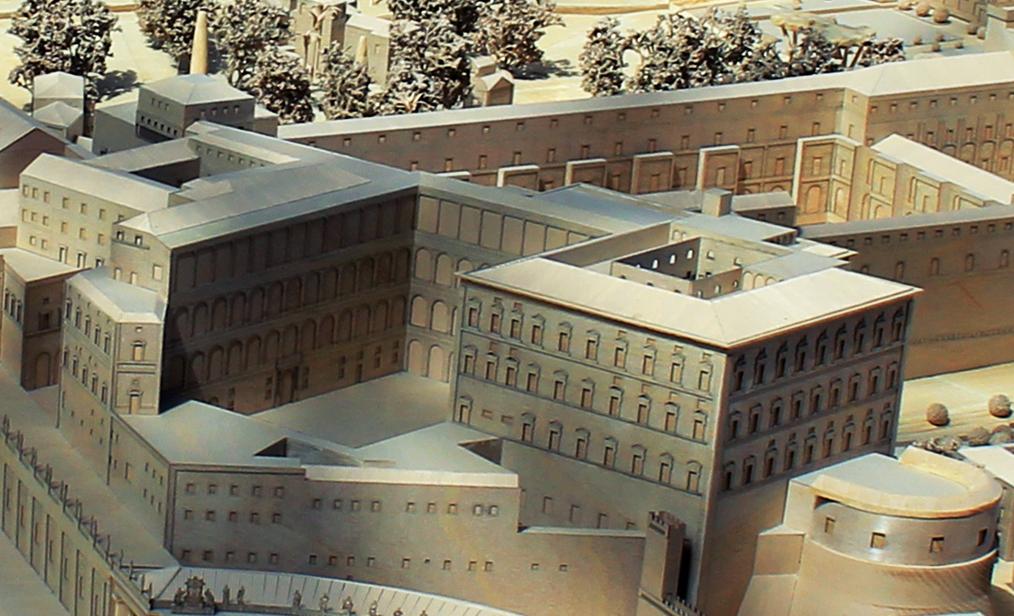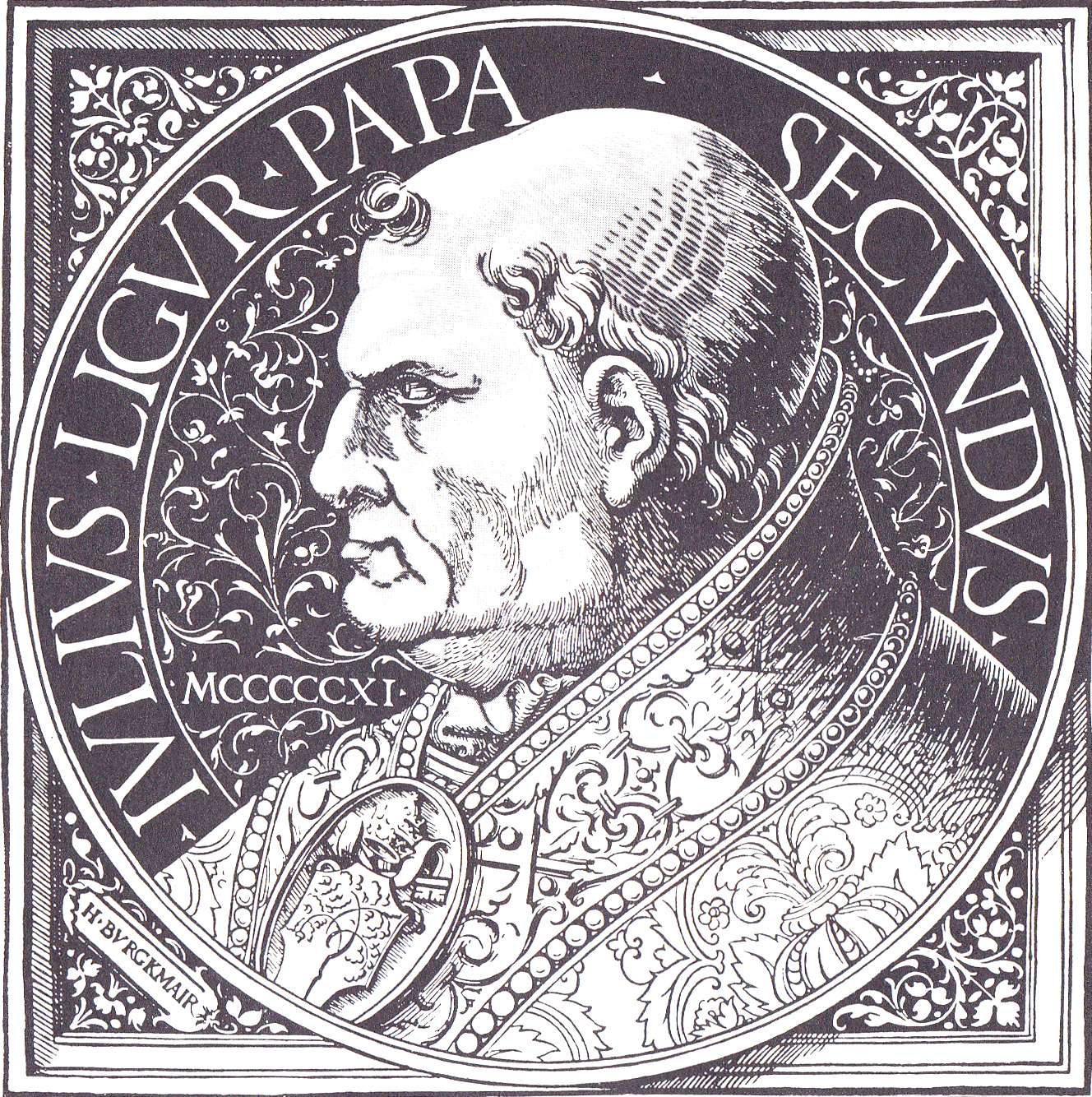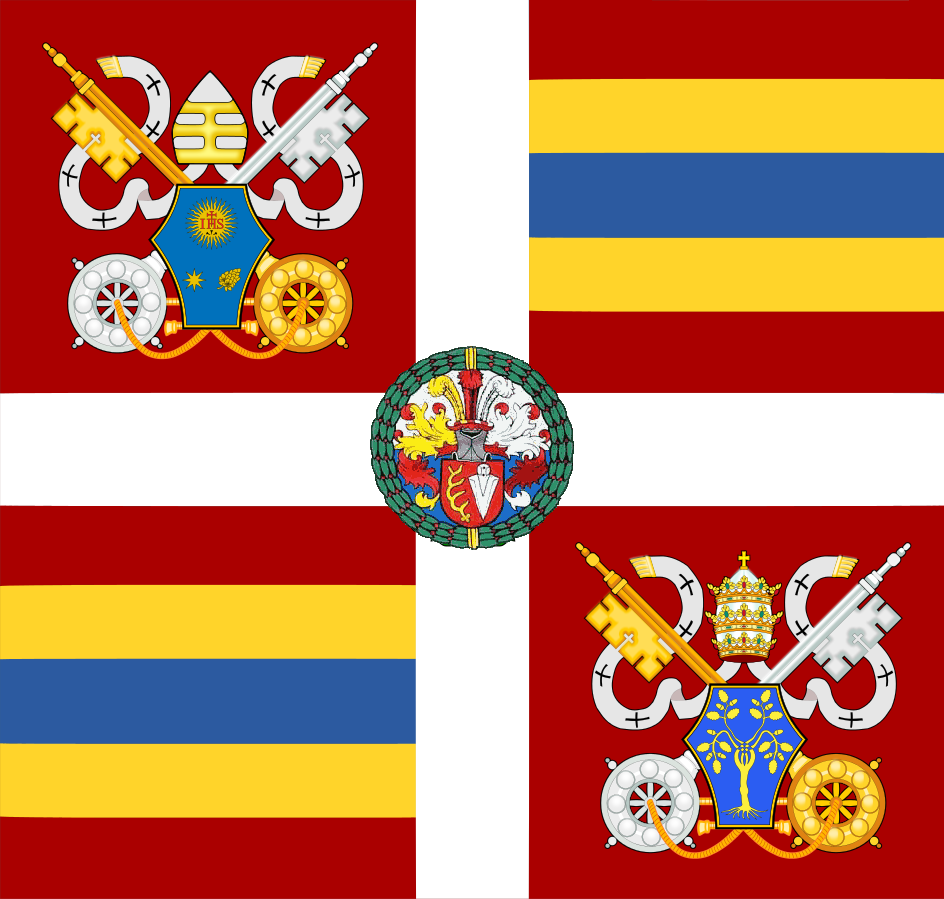|
Military In Vatican City
The Vatican City State, formed in 1929, is the heir of the Papal States, which ceased to exist in 1870. Unlike those, the Vatican does not have a military, except for a small number of Swiss Guards and gendarmes, fulfilling mainly representative and policing duties. For any further defense purposes, the Vatican '' de facto'' relies on the Italian state and its military. Background The Vatican City State is a neutral nation, which has not engaged in any war since its formation in 1929 by the Lateran Treaty. It has no formal military compact or agreement with neighbouring Italy, although responsibility for defending the Vatican City from an international aggressor is likely to lie primarily with the Italian Armed Forces. When presenting the Lateran Treaty to the Italian parliament in 1929, Benito Mussolini declared: "''It is evident that we he Italian statewill be the necessary guarantors of this neutrality and inviolability f Vatican City since, in the remote hypothesis someone ... [...More Info...] [...Related Items...] OR: [Wikipedia] [Google] [Baidu] |
Vatican City
Vatican City, officially the Vatican City State (; ), is a Landlocked country, landlocked sovereign state and city-state; it is enclaved within Rome, the capital city of Italy and Bishop of Rome, seat of the Catholic Church. It became independent from the Kingdom of Italy in 1929 with the Lateran Treaty. It is governed by the Holy See, itself a Legal status of the Holy See, sovereign entity under international law, which maintains Temporal power of the Holy See, its temporal power, governance, diplomacy, and spiritual independence. ''Vatican'' is also used as a metonym for the pope, the central authority of the Roman Catholic Church, and the Holy See and the Roman Curia. With an area of and a population of about 882 in 2024, it is the List of countries and dependencies by area, smallest sovereign state in the world both by area and List of countries and dependencies by population, by population. It is among the List of national capitals by population, least populated capit ... [...More Info...] [...Related Items...] OR: [Wikipedia] [Google] [Baidu] |
Dragoon
Dragoons were originally a class of mounted infantry, who used horses for mobility, but dismounted to fight on foot. From the early 17th century onward, dragoons were increasingly also employed as conventional cavalry and trained for combat with swords and firearms from horseback. While their use goes back to the late 16th century, dragoon regiments were established in most European armies during the 17th and early 18th centuries; they provided greater mobility than regular infantry but were far less expensive than cavalry. The name reputedly derives from a type of firearm, called a ''Dragon (firearm), dragon'', which was a handgun version of a blunderbuss, carried by dragoons of the French Army. The title has been retained in modern times by a number of armoured warfare, armoured or ceremonial mounted regiments. Origins and name The establishment of dragoons evolved from the practice of sometimes transporting infantry by horse when speed of movement was needed. During th ... [...More Info...] [...Related Items...] OR: [Wikipedia] [Google] [Baidu] |
Apostolic Palace
The Apostolic Palace is the official residence of the Pope, the head of the Catholic Church, located in Vatican City. It is also known as the Papal Palace, the Palace of the Vatican and the Vatican Palace. The Vatican itself refers to the building as the Palace of Sixtus V, in honor of Pope Sixtus V, who built most of the present form of the palace. The building contains the papal apartments, various offices of the Catholic Church and the Holy See, private and public chapels, the Vatican Museums, and the Vatican Library, including the Sistine Chapel, Raphael Rooms, and the Borgia Apartments. The modern tourist can see these last and other parts of the palace, but other parts, such as the Sala Regia (Vatican), Sala Regia (Regal Room) and Cappella Paolina, had long been closed to tourists, though the Sala Regia allowed occasional tourism by 2019. The Scala Regia (Vatican), Scala Regia (Regal Staircase) can be viewed from one end and used to enter the Sala Regia. The Cappella Paoli ... [...More Info...] [...Related Items...] OR: [Wikipedia] [Google] [Baidu] |
Pope Julius II
Pope Julius II (; ; born Giuliano della Rovere; 5 December 144321 February 1513) was head of the Catholic Church and ruler of the Papal States from 1503 to his death, in February 1513. Nicknamed the Warrior Pope, the Battle Pope or the Fearsome Pope, it is often speculated that he had chosen his papal name not in honor of Pope Julius I but in emulation of Julius Caesar. One of the most powerful and influential popes, Julius II was a central figure of the High Renaissance and left a significant cultural and political legacy. As a result of his policies during the Italian Wars, the Papal States increased their power and centralization, and the office of the papacy continued to be crucial, diplomatically and politically, during the entirety of the 16th century in Italy and Europe. In 1506, Julius II established the Vatican Museums and initiated the rebuilding of the St. Peter's Basilica. The same year he organized the famous Swiss Guard for his personal protection and commanded a su ... [...More Info...] [...Related Items...] OR: [Wikipedia] [Google] [Baidu] |
Pontifical Swiss Guard
The Pontifical Swiss Guard,; ; ; ; , %5BCorps of the Pontifical Swiss Guard%5D. ''vatican.va'' (in Italian). Retrieved 19 July 2022. also known as the Papal Swiss Guard or simply Swiss Guard,Swiss Guards , History, Vatican, Uniform, Requirements, Weapons, & Facts , Britannica is an armed forces, guard of honour, and protective security unit, maintained by the Holy See to protect the Pope and the Apostolic Palace within the territory of the Vatican City State. Established in 1506 under Pope Julius II, it is among the oldest military units in continuous operation and is sometimes called "the world's smallest army". The Swiss Guard is recognised by its Renaissance-era dress uniform, consisting of a tunic striped in red, dark blue, and yellow; high plumed helmet; and traditional weapons such as the halberd. Guardsmen perform their protective duties in functional attire and with modern firearms. Since the assassination attempt on Pope John Paul II in 1981, the Guard has placed ... [...More Info...] [...Related Items...] OR: [Wikipedia] [Google] [Baidu] |
Pope Paul VI
Pope Paul VI (born Giovanni Battista Enrico Antonio Maria Montini; 26 September 18976 August 1978) was head of the Catholic Church and sovereign of the Vatican City State from 21 June 1963 until his death on 6 August 1978. Succeeding John XXIII, he continued the Second Vatican Council, which he closed in 1965, implementing its numerous reforms. He fostered improved ecumenical relations with Eastern Orthodox and Protestant churches, which resulted in many historic meetings and agreements. In January 1964, List of pastoral visits of Pope Paul VI, he flew to Jordan, the first time a reigning pontiff had left Italy in more than a century. Montini served in the Holy See's Secretariat of State from 1922 to 1954, and along with Domenico Tardini was considered the closest and most influential advisor of Pope Pius XII. In 1954, Pius named Montini Archbishop of Milan, the largest Italian diocese. Montini later became the Secretary of the Episcopal Conference of Italy, Italian Bishops' Co ... [...More Info...] [...Related Items...] OR: [Wikipedia] [Google] [Baidu] |
Palace Of Castel Gandolfo
The Papal Palace of Castel Gandolfo, or the Apostolic Palace of Castel Gandolfo from its Italian name Palazzo Apostolico di Castel Gandolfo, is a 135-acre (54.6-ha) complex of buildings in a garden setting in the city of Castel Gandolfo, Italy, including the principal 17th-century villa, an observatory and a farmhouse with 75 acres (30.4 ha) of farmland. The main structure, the Papal Palace, has been a museum since October 2016. It served for centuries as a summer residence and vacation retreat for the pope, the leader of the Catholic Church, and is afforded extraterritoriality, extraterritorial status as one of the properties of the Holy See. It overlooks Lake Albano. History The Vatican acquired the castle in 1596, in payment of a debt owed by the Savelli family. It dated from the 13th century. The gardens occupy the site of a residence of the Roman Emperor Domitian. The palace was designed by Swiss-Italian architect Carlo Maderno for Pope Urban VIII. Since then, about ... [...More Info...] [...Related Items...] OR: [Wikipedia] [Google] [Baidu] |
Extraterritoriality
In international law, extraterritoriality or exterritoriality is the state of being exempted from the jurisdiction of local law, usually as the result of diplomatic negotiations. Historically, this primarily applied to individuals, as jurisdiction was usually claimed on peoples rather than on lands. Extraterritoriality can also be partly applied to physical places. For example, such is the immunity granted to diplomatic missions, military bases of foreign countries, or offices of the United Nations. The three most common cases recognized today internationally relate to the persons and belongings of foreign heads of state and head of government, government, the persons and belongings of ambassadors and other diplomats, and ships in international waters. Forms In the past, pre-modern states generally claimed sovereignty over persons, creating something known as personal jurisdiction. As people move between borders, this led, in the framework of a territorial jurisdiction, to cer ... [...More Info...] [...Related Items...] OR: [Wikipedia] [Google] [Baidu] |
Sovereignty
Sovereignty can generally be defined as supreme authority. Sovereignty entails hierarchy within a state as well as external autonomy for states. In any state, sovereignty is assigned to the person, body or institution that has the ultimate authority over other people and to change existing laws. In political theory, sovereignty is a substantive term designating supreme legitimate authority over some polity. In international law, sovereignty is the exercise of power by a state. ''De jure'' sovereignty refers to the legal right to do so; '' de facto'' sovereignty refers to the factual ability to do so. This can become an issue of special concern upon the failure of the usual expectation that ''de jure'' and ''de facto'' sovereignty exist at the place and time of concern, and reside within the same organization. Etymology The term arises from the unattested Vulgar Latin *''superanus'' (itself a derived form of Latin ''super'' – "over") meaning "chief", "ruler". Its spellin ... [...More Info...] [...Related Items...] OR: [Wikipedia] [Google] [Baidu] |
Palatine Guard
The Palatine Guard () was a military unit of Holy See, the Vatican. It was formed in 1850 by Pope Pius IX, who ordered that the two militia units of the Papal States be amalgamated. The corps was formed as an infantry unit, and took part in watch-keeping in Rome. The only occasion on which it saw active service was during the token resistance on 20 September 1870 to the capture of Rome, occupation of Rome by Italian government troops. History After 1870 and the unification of Italy, the corps was confined to Vatican City where they performed ceremonial functions as a guard of honor. The Palatine Guard were usually seen either when the Pope was in Saint Peter's Square, or when a head of state or other important visitors were received by the Pope. Members of the corps were part-time volunteers, who were not paid for their service, though they received an allowance for replacement or repair of their uniforms. The unit lacked modern weapons and the guardsmen received little training ... [...More Info...] [...Related Items...] OR: [Wikipedia] [Google] [Baidu] |
Noble Guard
The Noble Guard () was one of the household guard units serving the Pope, and formed part of the military in Vatican City. It was formed by Pope Pius VII in 1801 as a regiment of heavy cavalry, and abolished in 1970 by Pope Paul VI following Vatican II. Conceived as the Pope's personal guard, the unit provided a mounted escort for the Pope when he moved about Rome in his carriage and mounted guard outside his apartments in the papal palaces. The guardsmen were also available for special missions within the Papal States at the behest of the pope. One of their first major duties was to escort Pius VII to Paris for the coronation of Napoleon in 1804. History In 1801 an agitation was started in Rome among the aristocracy to form a bodyguard for the Pope, and an address was sent to Pius VII offering their services gratuitously. In response, the Noble Guard was established on May 11, 1801. Exclusively a palace guard, the Noble Guard saw no active military service or combat during the ... [...More Info...] [...Related Items...] OR: [Wikipedia] [Google] [Baidu] |









